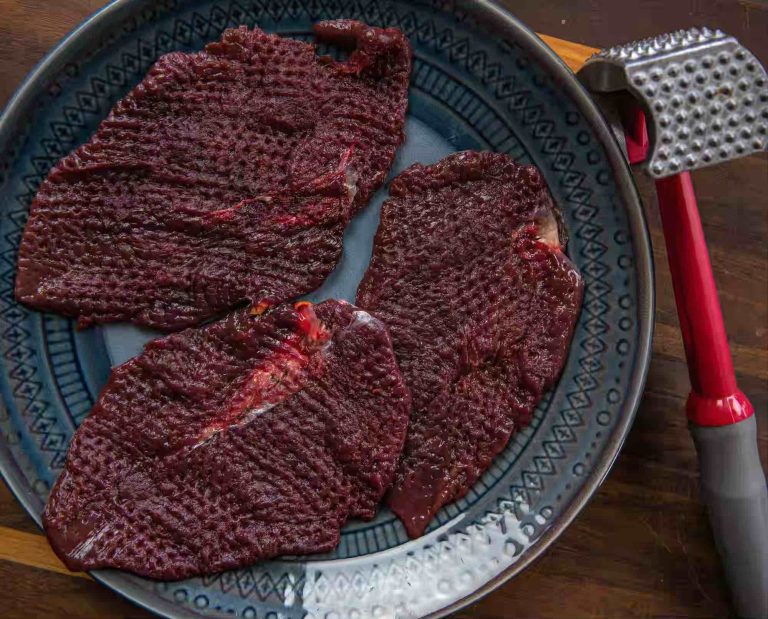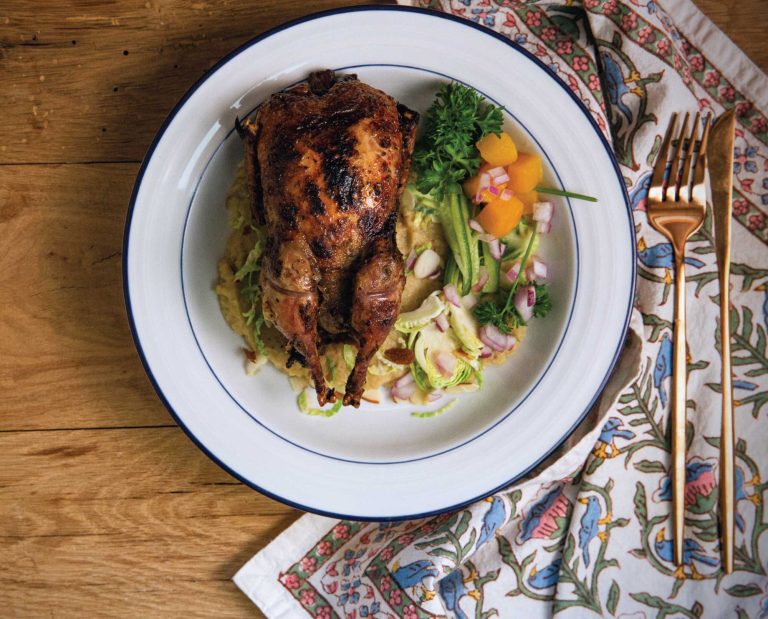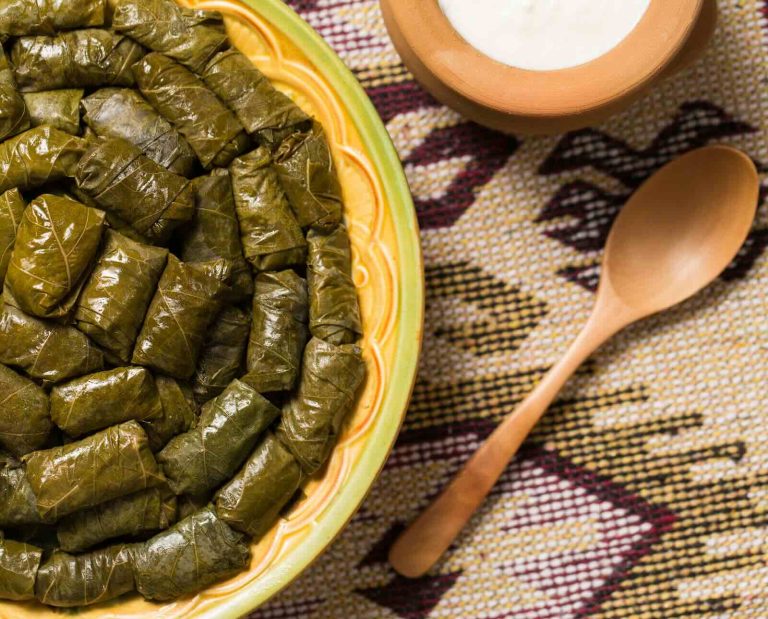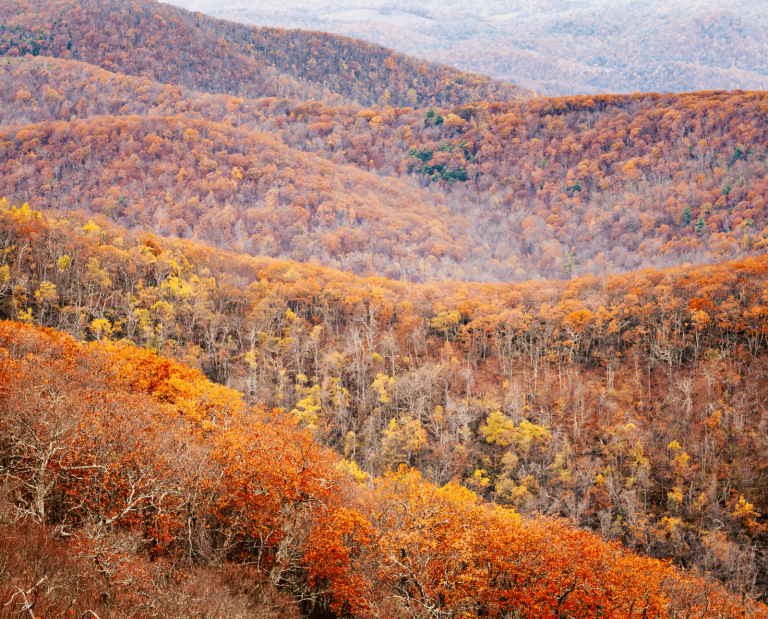Ruffed Grouse and Morel Dakjuk (Korean Rice Porridge)
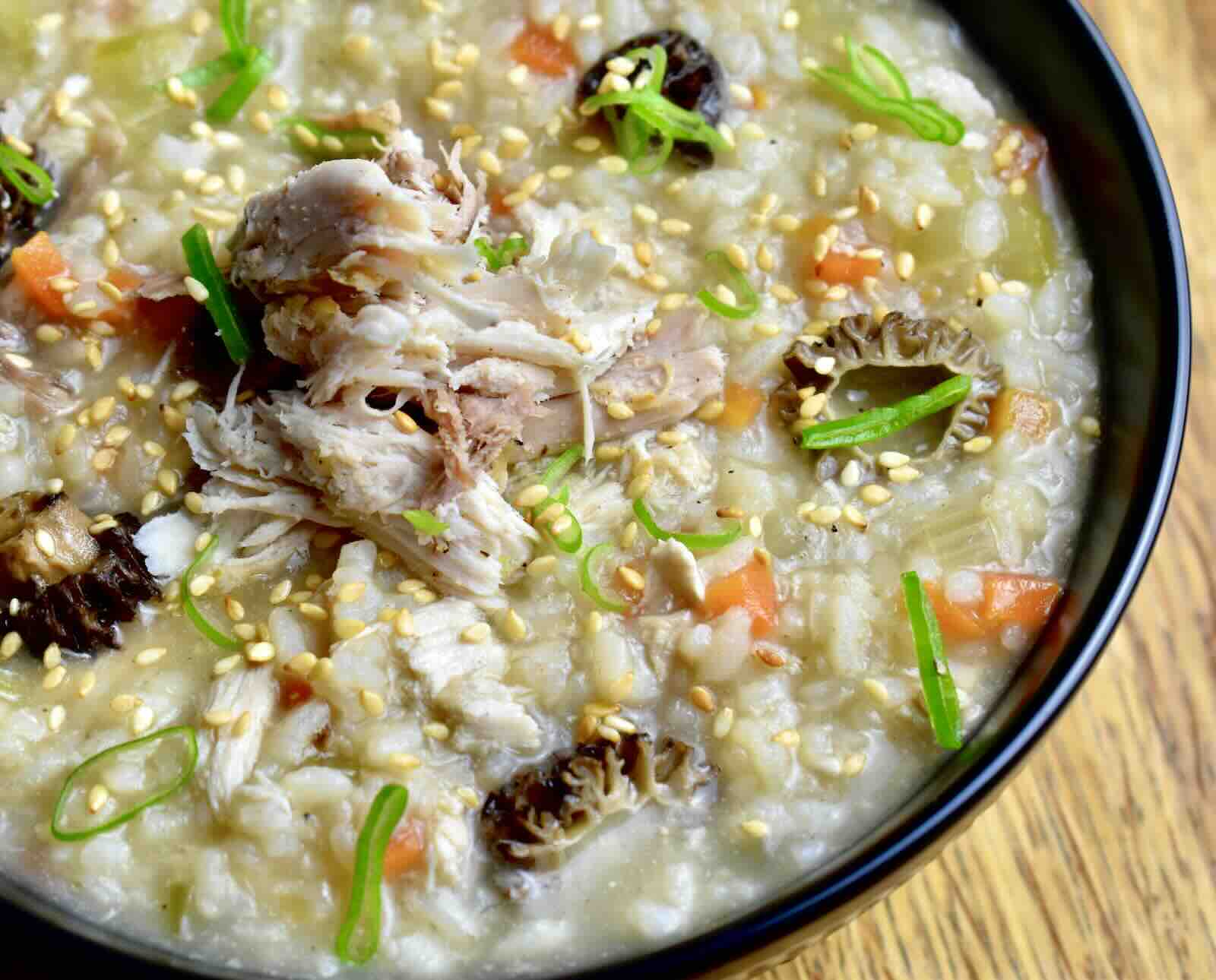
Rice porridge is the ultimate comfort food, with an extra-special touch of wild grouse meat and foraged morels
Rice soups and porridges are popular across much of the world, but are sadly lacking in Western food culture in North America.
Savory rice porridge is known as juk in Korea, congee across much of China and Taiwan, kayu in Japan, hsan byoke in Myanmar, bubur in Indonesia, khao piak in Laos, lugaw in the Philippines, babor in Cambodia, jok in Thailand, cháo in Vietnam, kanji/ganji on the Indian sub-continent, kenda in Sri Lanka, jaulo in Nepal, canja in Portugal, rizskása in Hungary… I could go on… and on.
At its most basic, the dish is often made by boiling rice in water until it’s soft and creamy, but most recipes include meat broths, proteins, mushrooms, pickles, aromatics, spices, and garnishes. It’s usually eaten for breakfast, and plain versions are often served to pregnant women, young children, elders, and convalescents.
The first time I tried it was as a teenager in the form of congee in a Chinese dim sum restaurant. I ordered it, not knowing what it was, and ended up being mildly disappointed in what I thought was a pretty bland bowl of mush. It came plain, garnished with a few slices of scallion, a sprinkle of MSG, and not much else. I ate it and thought to myself, “Well, I tried it, and I likely won’t be trying it again.”
Then I went home. I found myself thinking about that congee well into the night. Then I woke up the next morning, still thinking about that congee. What first seemed like the epitome of homogenous blandness soon transformed in my mind to a dish that was enticingly silky with a texture that was pleasing in the mouth and warming in the belly. The flavor went from “meh” to “hmmm” – subtly complex and brightened by the slivers of scallions scattered on top. The dish quickly became as comforting as my mother’s chicken noodle soup. I had to have it again.
The next weekend, I found myself back at the dim sum restaurant, ordering congee again; this time with pork and thousand-year-old egg (an egg preservation technique that produces crazy black egg whites and green yolks – trust me, it’s tastier than it sounds). I drizzled some chili oil over it and hoovered it up. I ordered another bowl from the menu. This one came plain but was served with long fingers of fried dough called youtiao. Soft meets crispy… delightful!
I stopped by the grocery store on the way home and bought ingredients to make it. I made a massive pot that night and fed it to my family, who were less than enthusiastic.
“Is this just gruel?” my dad asked.
“Please, sir, may I have another?” my sister teased.
Whatever. Who needs family anyway?
I finished the giant pot by myself over the next few days, and then…
I was done with rice porridge for a bit. That was a lot at once!
I’ve since taken a more measured approach to the stuff, enjoying it from time to time rather than all of the time. I’ve explored the rice porridges of the world, either in restaurants or in my kitchen, and have found many delicious versions over the years.
One of my favorites is Korean dakjuk, a chicken-based rice porridge that’s less fiery than most Korean dishes, but still full of garlicky goodness. I love how you can garnish it with whatever you like to change the flavor and texture. Crispy-fried onions add crunch, pickles add tartness, herbs add freshness and flavor, chilies add heat. Each diner can really make this dish their own.
After making it a few times with chicken, I decided to go wild and use a whole ruffed grouse instead. Man. That extra tang of the wild meat elevated the dish into a whole new plane of existence!
I hope you try this one out. Remember, it may be a little underwhelming at first, but let it grow on you. You won’t be disappointed.
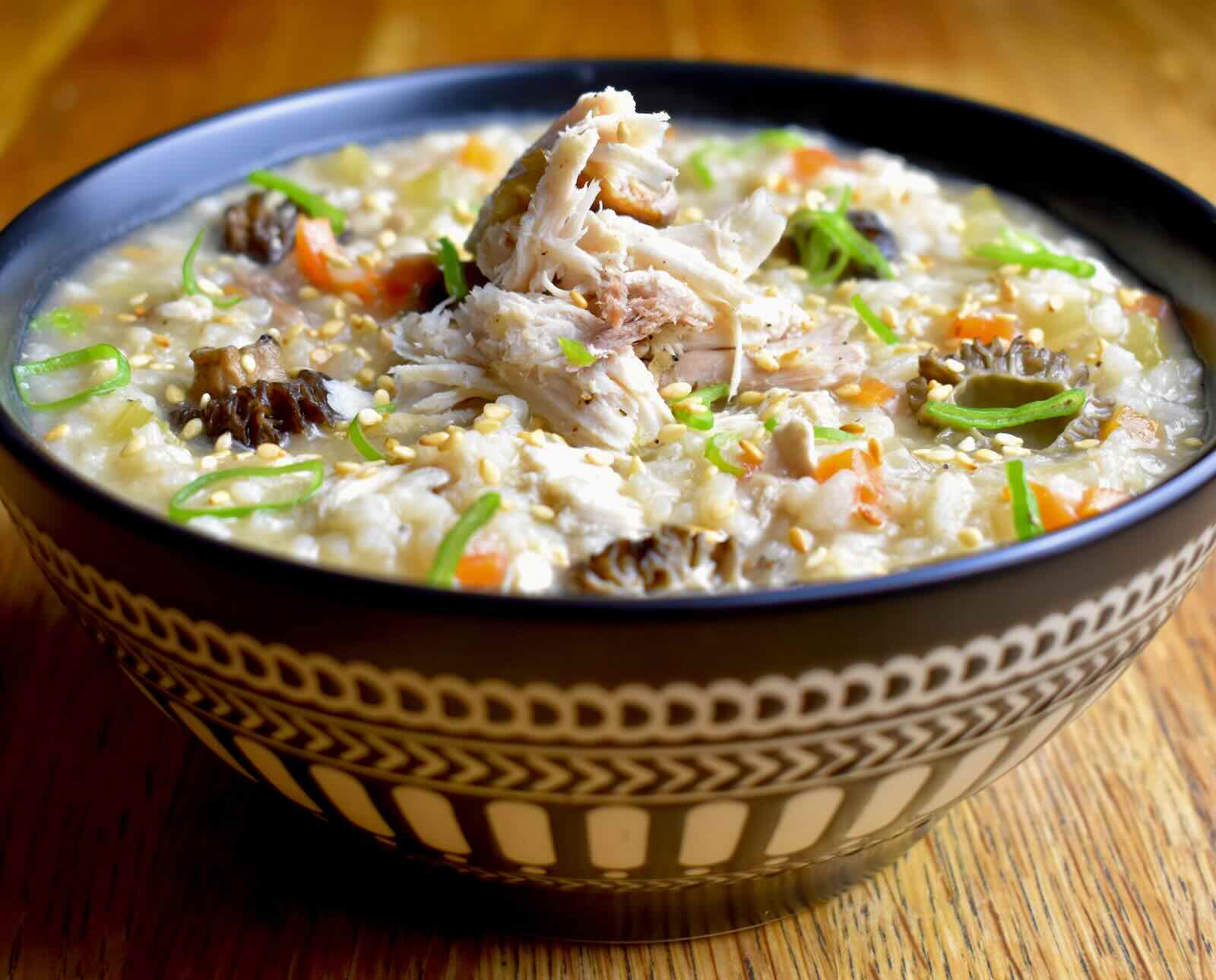
Ingredients
Method
- Add the water to a large pot over high heat. Add the whole grouse, the ginger, scallion, onion, garlic, and dried mushrooms. Bring to a strong simmer, then lower to a medium simmer. Cook for 30-40 minutes uncovered, or until grouse is fully cooked. Pick out grouse and mushrooms and set aside to cool. Discard the rest of the aromatics by straining the liquid into a large bowl – reserve the liquid.
- Add 1 tablespoon of sesame oil to the pot and put back over medium heat. Add the rice, carrots, and celery and sauté for a few minutes, or until rice turns opaque. Add 6 cups of the reserved stock back in (top up with water if you don’t have enough). Bring to a simmer and cook for 20-30 minutes, or until rice is soft and beginning to fall apart. Stir often and reduce heat as needed. Skim off any scum that rises to the surface.
- Meanwhile, chop the mushrooms and set aside. Pull all of the meat from the grouse and discard the bones. Toss the meat with the 1 teaspoon sesame oil, the salt, pepper, and garlic. Set aside.
- Once the rice is to your liking (add more water if you prefer a soupier rice porridge), add the grouse and mushrooms and cook for 1-2 minutes. Taste for salt. Serve garnished with sliced scallions and sesame seeds and with a side of kimchi. Enjoy!



